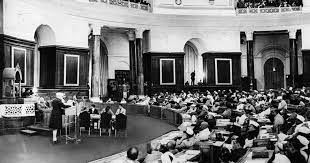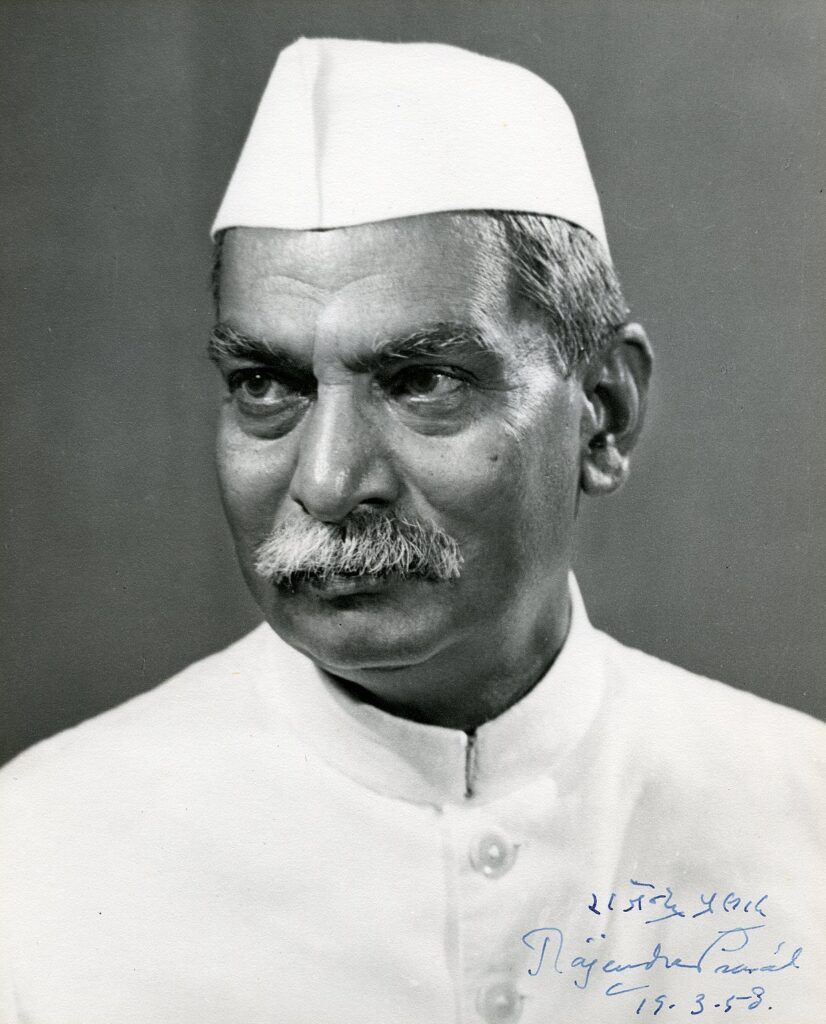Constitution is a structure of the basic laws or rules of a country or an organization.
It is a written provision containing the basic principles and laws of a nation, state or social group. In conclusion, That sets out the powers and duties of the government, as well as guarantees certain rights to the people in it.
Journey of Indian Constitution
Firstly, It’s a Supreme law of India. Secondly, India adopted it on 26 January 1950. At the time of its adoption, it contained 395 articles and 8 schedules and was about 145,000 words long. Thirdly, At that time it became the longest national constitution ever adopted. Fourthly, Members of Constituent Assembly debated each Article which lasted for 11 sessions and 167 days to frame the Constitution in a period of 2 years and 11 months.
Moreover, Before the India’s Constitution, India pass an Act in 1935 known as the Government of India Act 1935. Furthermore, Most of the nearly 200 provisions have taken from the Government of India Act 1935 itself.
The constitution makers of India studied the constitutions of 10 more countries. And included the best rules of those countries which can be apply in India.
That’s Ten Countries
1.UK
2.America
3.Ireland
4.Canada
5.France
6.Australia
7.Germany
8.South Africa
9.Soviet Union( Russia)
10.Japan
The Constitution of India was completed on 26 November 1949 with a total expenditure of 6.4 crore Indian rupees in 2 years 11 months 18 days.
It was passed on 26 January 1950 and 26 January was declared as Republic Day of India.
Nehru put forward the idea of forming a Constituent Assembly in 1938.
There is a squeeze of the constitutions of 10 big countries.
UK single citizen
Germany’s emergency
Fundamental duties from USSR
Election process from South Africa
Citizen Incentives from Irelated
Freedom of trade from Australia
Federation with a strong Center from Canada
Procedure Established By law By Japan
Post of Vice-President By US
Idles of Liberty By France
Due to the mixture of constitutions of many such countries, it is considered to be the best constitution in the world.

Constituent Assembly
To read the constitutions of these different countries, a team of the most intelligent people of India was formed called the Constituent Assembly.
which had a total of 389 members, of whom 15 were women, which were later divided into 299.

Functions of the Constituent Assembly Firstly, Making a better constitution for the country by debating the facts laid down by the Drafting Committee and improving them.
Firstly, The members of Assembly debated for a total of 114 days.
Secondly, There were 7 members in the Constituent Assembly including Ambedkar Ji.
Thirdly, Mahatma Gandhi was not directly in any group in its making, and he was neither a member of the Constituent Assembly nor the Drafting Committee.
Fourthly, He used to interfere in constitution making from time to time .Many times he also had a split with BR Ambedkar.
In Conclusion, The President of the Constituent Assembly was the son of India’s first Agriculture Minister President of Shri Rajendra Prasad ji, who was born in a small village called Le Jiradei in Siwan district,

First President of India from 1950 to 1962
The first president of the Constituent Assembly was Dr. Sachidanand, but he was an atheist, Rajendra Prasad was a permanent member.
The Chairman of the Drafting Committee is Shri Bhim Rao Ambedkar, who comes from a very small community in Maharashtra and is handling the work of making laws for the country.

Dr. Bhim Rao Ambedkar
Father of indian Constitution
Poona Pact
A major dispute was the Poona Pact, on which the members of the Constituent Assembly and the first Labor Welfare Minister Babu Jagjivan Ram had gone to accept Mahatma Gandhi for the tension, but in the end, after an agreement, an agreement was made to settle the Gandhi Ambedkar dispute in the making of the constitution.
There are a total of 470 articles in the Constitution of India today.
There are 12 schedules which are divided into 25 parts.
First Republic Day of India, the Constitution of India had 395 articles, 8 schedules, which were divided into 22 parts.
When the Constitution of India came into force, there were a total of 8 schedules in the Constitution of India, after which this number went on increasing over time, today there are a total of 12 schedules in the Constitution of India.
Let us know what’s the mean by schedule
Firstly, Schedule is that document or written rule in the constitution in which the Supreme Court cannot interfere, the Government of India increases its number by the Parliament according to its number.
Therefore, But the government still makes all the amendments in it keeping in mind the basic structure of the constitution
The principle is not yet defined but it is believed that the basic structure of the Constitution of India is the extent of constitutional amendment for the good of India without taking away from the public. Constitution given all the fundamental rights.
Only the Constituent Assembly has the right to withdraw that right.
like-
CAA and agriculture related laws
He was not part of any schedule, so he was heard in the Supreme Court and the Supreme Court also stayed the agriculture law for 1.5 years.
SC/ST Reservation\ (SC/ST) Reservation is part of the schedule of the Constitution, so the Supreme Court cannot interfere in any way. Parliament done whatever work will be done related to it.

Be the first to reply